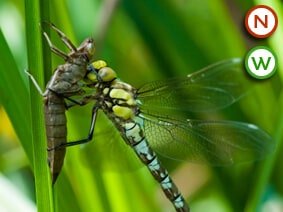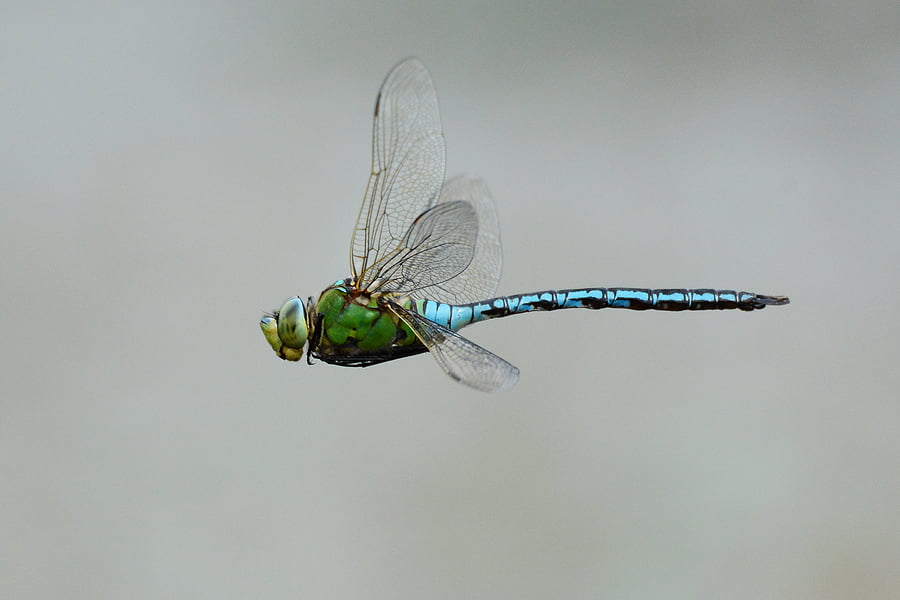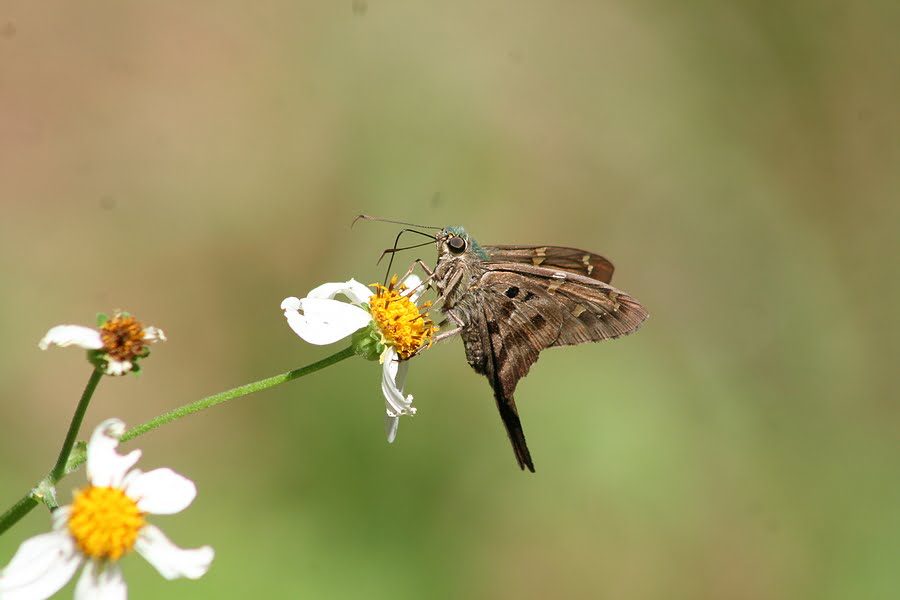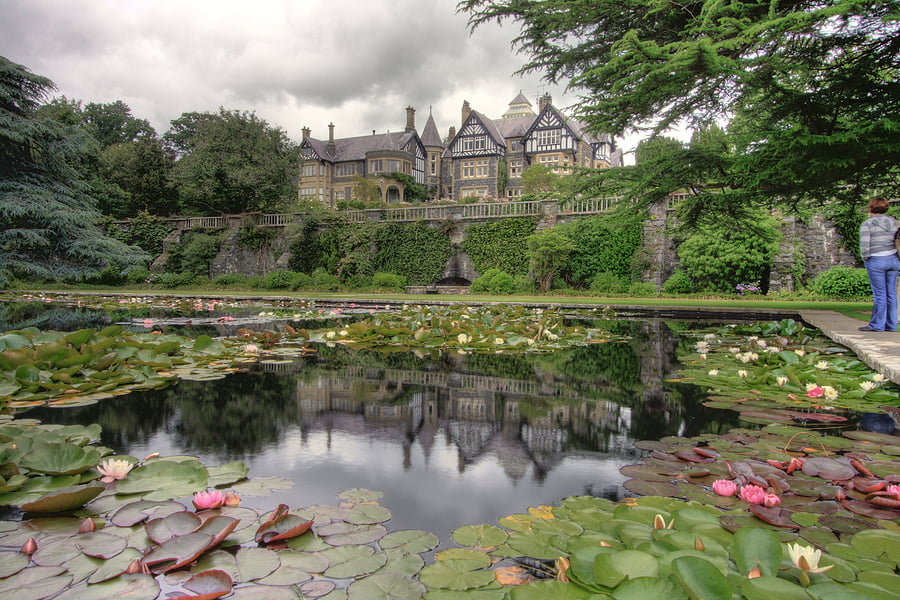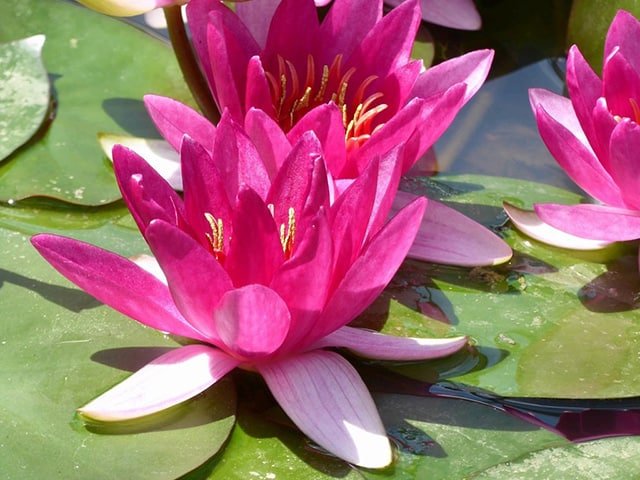
How To Plant Up Your Pond
18th November 2021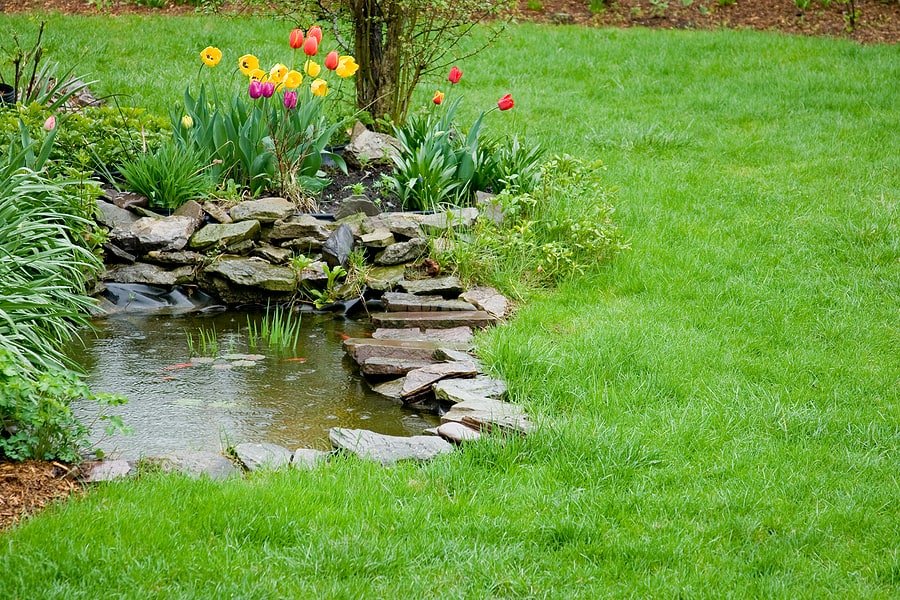
Ways To Add Water To Your Garden For Wildlife
4th December 2021The COP26 climate conference in Glasgow has reaffirmed the need for action to help save the planet, even though many people have become disillusioned by the lack of action by our world leaders. But while politicians bicker, we can make a positive impact at home.
Even the smallest things all add up, from switching to a green energy supplier for your home to recycling household waste, or you could make a bigger impact by investing in solar panels and insulation for your home, or even building a natural pond on your property!
However, you do not need to have a huge garden to be able to make changes that will help nature. We have a look at some simple ideas for what you can do to attract and support wildlife into gardens, including wild birds that are in decline.
Planting dense shrubs and climbers will help with your wildlife-friendly garden. They will help provide cover for birds, giving protection from predators, a supply of food, and nesting opportunities.
Include shrubs and trees which have berries for birds to eat – for example, contoneaster, rowan, and blackberries, which blackbirds love, and plants that have seeds that birds eat too, such as sunflowers and many species of wildflower.
If you have a good-sized lawn in your garden, leave some areas to grow wild and with long grass that birds and other animal visitors can find shelter in.
Plant a range of bee and insect-friendly plants and flowers, such as sunflowers, lavender, buddleia, foxgloves and hardy geraniums, to help encourage biodiversity.
You can open your very own hotel for bugs, which is essentially a pile of twigs, branches, and other garden waste tucked away in a corner of the garden. Insects will soon take up residence, living, breeding, and hibernating, while also providing food for birds.
Have a space for fresh water available for drinking and bathing – this can be in the form of a birdbath, pond, or simply a large bowl of water that you regularly replenish.
A pond is a great way to bring more nature into the garden, and it need not be the size of a swimming pool, even smaller ponds can be rich in biodiversity.
If you’d like to add plants to your pond, aim for a variety of different types, such as submerged, floating and emergent (marginal) that will help create structure and diversity in the pond to hide and live in.
Oxygenators – Usually submerged plants. Some native species can be fussy, especially if pond water quality is poor, but some of the most tolerant include Willow moss, Hornwort, Water crowfoot, and Common water starwort.
Floating plants – Plants whose leaves float on the surface, providing shade to the water below and reducing the growth of algae. Some plants may be rooted but others float freely. The leaves also act as platforms for viewing, courting or mating for a variety of insects. Look for Water lilies, Water hawthorn, Amphibious bistort or Frogbit.
Marginal pond plants, also known as Emergent plants – Plants with stems and leaves which emerge above the water’s surface. Plants with erect stems such as Irises, Branched bur-reed, Narrow reedmace and Bog bean are important for dragonfly nymphs to crawl up or onto before they become adult flying insects. Other marginals extend out into the water, such as Water forget-me-not, Brooklime, Creeping jenny and Watercress.
If you’re looking for pond plants for sale in the UK, visit our online store today.


